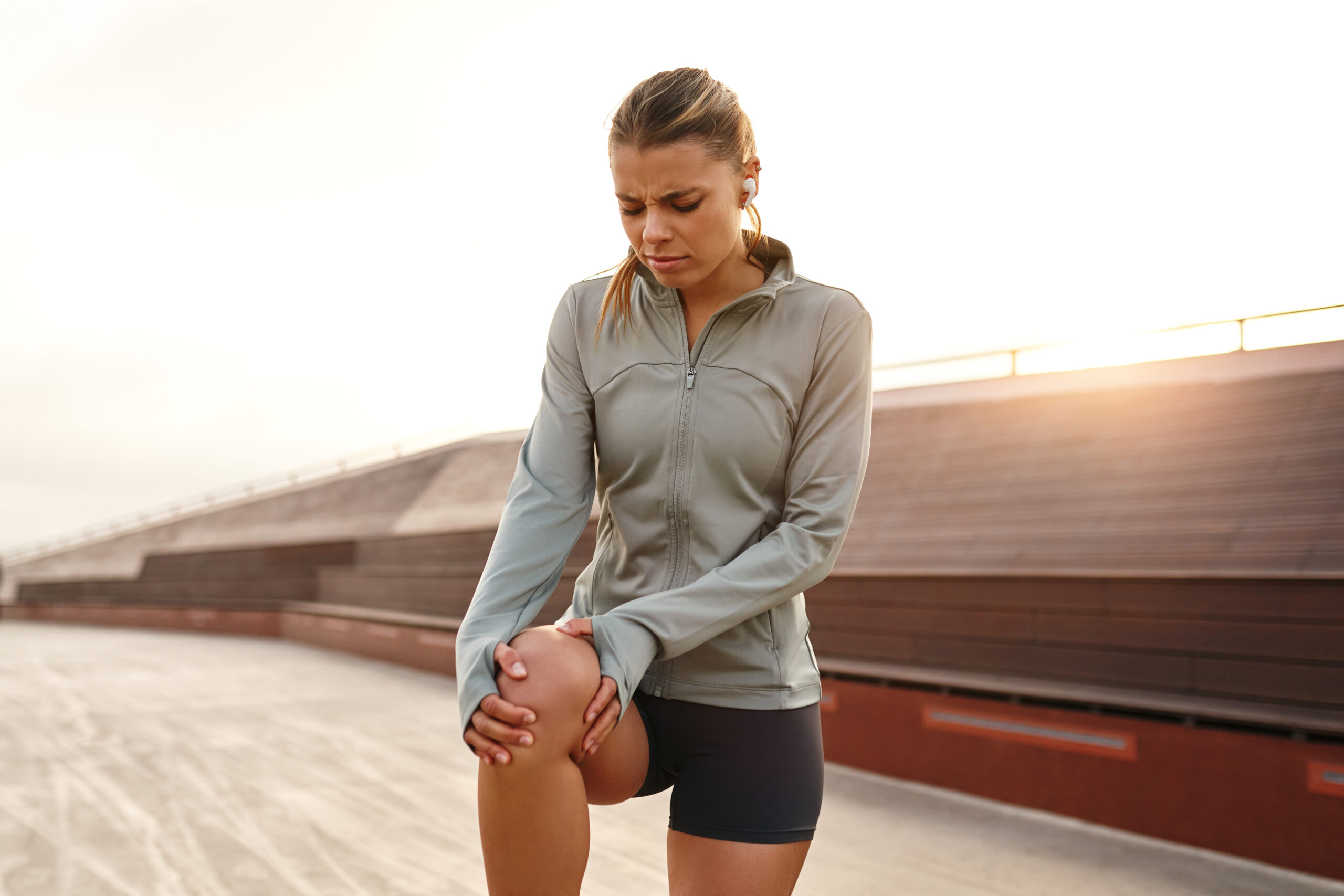How to Prevent Common Spring Sports Injuries

As the weather warms up and the days grow longer, spring sports season shifts into high gear. Whether it’s kids heading out to soccer practice, adults returning to cycling routines, or weekend warriors picking up tennis again, activity levels spike in the spring. Along with that boost in movement comes a noticeable rise in visits for orthopedic injuries, especially to urgent care centers.
At Direct Orthopedic Care, we see a surge in spring-related injuries every year. From student athletes to active adults, the most common complaints include sprains, strains, and overuse injuries. Baseball, soccer, track and field, tennis, and cycling are some of the sports most frequently linked to these issues. With a little planning and a focus on prevention, many of these injuries can be avoided.
If injury does strike, though, DOC makes it easy to get help quickly. We offer urgent orthopedic care with same-day access—no referral needed—along with on-site imaging and physical therapy to streamline your recovery.
Here’s what you need to know about the most common spring sports injuries and how to stay healthy all season long.
Common Spring Sports Injuries
Spring sports often involve repetitive motion, sudden bursts of speed, and increased time on the field or court. That combination is great for fitness but also raises the risk of specific injuries. At DOC, we regularly treat:
- Ankle sprains: These are especially common in soccer and track and field athletes, where quick changes in direction and uneven surfaces are involved.
- Wrist sprains: Tennis, cycling, and even baseball can lead to falls that put pressure on the wrist joint.
- Knee injuries: From ligament strains to patellar tendinitis, knees take a lot of impact in sports involving running and jumping.
- Shoulder strains: Baseball pitchers and tennis players are especially prone to shoulder overuse and muscle strain.
- Shin splints and stress fractures: Often caused by ramping up mileage or intensity too quickly, these are frequent issues among runners and track athletes.
If your child plays on a school team or you’re involved in recreational leagues, you’ll want to recognize the early signs of these injuries. Pain, swelling, or discomfort that doesn’t resolve with rest may mean it’s time to see a specialist.
Injury Prevention Tips for All Ages

While some injuries are unavoidable, many can be prevented with a few smart habits. These strategies work for both young athletes and active adults:
- Stretch before and after activity Warming up with dynamic stretches helps prepare your muscles and joints for movement. Cooling down with static stretching after activity helps reduce stiffness and promotes recovery. Skipping a proper warm-up can leave muscles tight and more prone to strain, especially after periods of inactivity.
- Ease into new routines Going from zero to a full training schedule in the spring is a recipe for injury. Build your activity level slowly over a couple of weeks. Start with shorter sessions and lighter intensity, especially after a winter slowdown. Give your body time to adjust, and pay attention to signs of overuse, like joint soreness or muscle fatigue.
- Wear the right gear Supportive shoes, properly fitted cleats, and sport-specific safety equipment (like wrist guards for skaters or padding for contact sports) can reduce your risk of sprains and fractures. Worn-out shoes or gear that doesn’t fit correctly can alter your movement patterns and lead to preventable injuries.
- Practice good technique Bad form is one of the leading causes of overuse injuries. Work with a coach or trainer to make sure you’re using proper posture, form, and movement patterns. Even small mechanical mistakes, repeated over time, can place excess stress on your joints and soft tissues.
- Fuel and hydrate properly Your body needs energy to move and recover. Make sure you’re eating balanced meals, getting enough protein, and drinking plenty of water, especially in the Texas heat. Dehydration and poor nutrition can impact performance and slow down healing, even from minor tweaks or strains.
These small adjustments can go a long way toward protecting your joints and muscles from unnecessary wear and tear. Building in rest days, cross-training, and listening to your body are just as important as your actual workouts. For individuals recovering from a past injury or returning to sport after time off, partnering with a physical therapy team is also helpful.
When to See a Sports Injury Specialist
Some soreness after exercise is normal, but certain symptoms mean it’s time to see a professional. Watch for:
- Inability to bear weight on a leg or foot
- Joint instability that causes buckling, giving way, or locking
- Swelling that doesn’t improve with rest and ice
- Popping or clicking sensations that feel unusual
- Pain that lingers more than a few days or worsens with movement
Getting a proper diagnosis early can prevent a minor injury from becoming a more serious issue. That’s where urgent orthopedic care comes in. Instead of waiting days or weeks for an appointment or spending hours in an ER, you can walk into any DOC clinic and be seen the same day by an orthopedic specialist. We have branches throughout Texas, making it easy and convenient to receive care.
Why Choose DOC Over the ER or General Urgent Care?
When you or your child suffers a sports injury, quick and expert care matters. At DOC, you get:
- Same-day access to orthopedic specialists without a referral
- Lower costs than a hospital ER visit
- Specialist care from the start so you don’t waste time being referred elsewhere
- On-site X-rays and diagnostics for faster answers
- In-house physical therapy to begin rehab right away
Many spring sports injuries don’t need surgery, but do benefit from prompt evaluation and personalized treatment. Whether it’s a sprain, strain, or suspected fracture, early care helps you recover faster and avoid complications.
Keeping the Season Safe and Active
Spring sports are a great way to stay active, build strength, and enjoy the outdoors. But activity without preparation often leads to unnecessary injuries. With the right habits and access to expert care, you can keep yourself and your kids moving safely.
At Direct Orthopedic Care, we make it easy to get help when you need it. Whether you’re dealing with a sudden injury or looking for guidance to prevent one, our orthopedic specialists, imaging teams, and physical therapists are all under one roof. Get in touch now for same day appointment without ER costs. Just the care you need, right when you need it.




